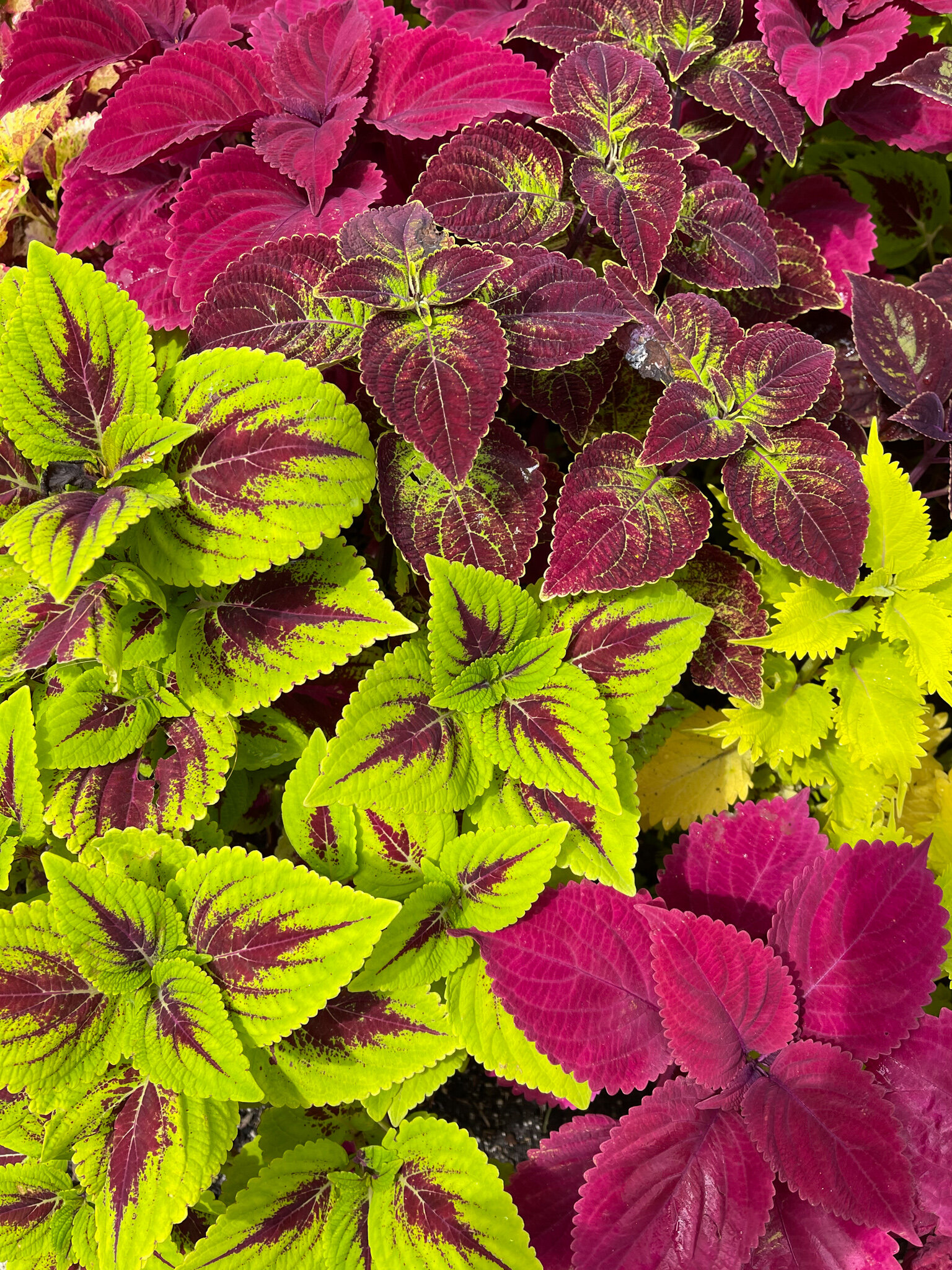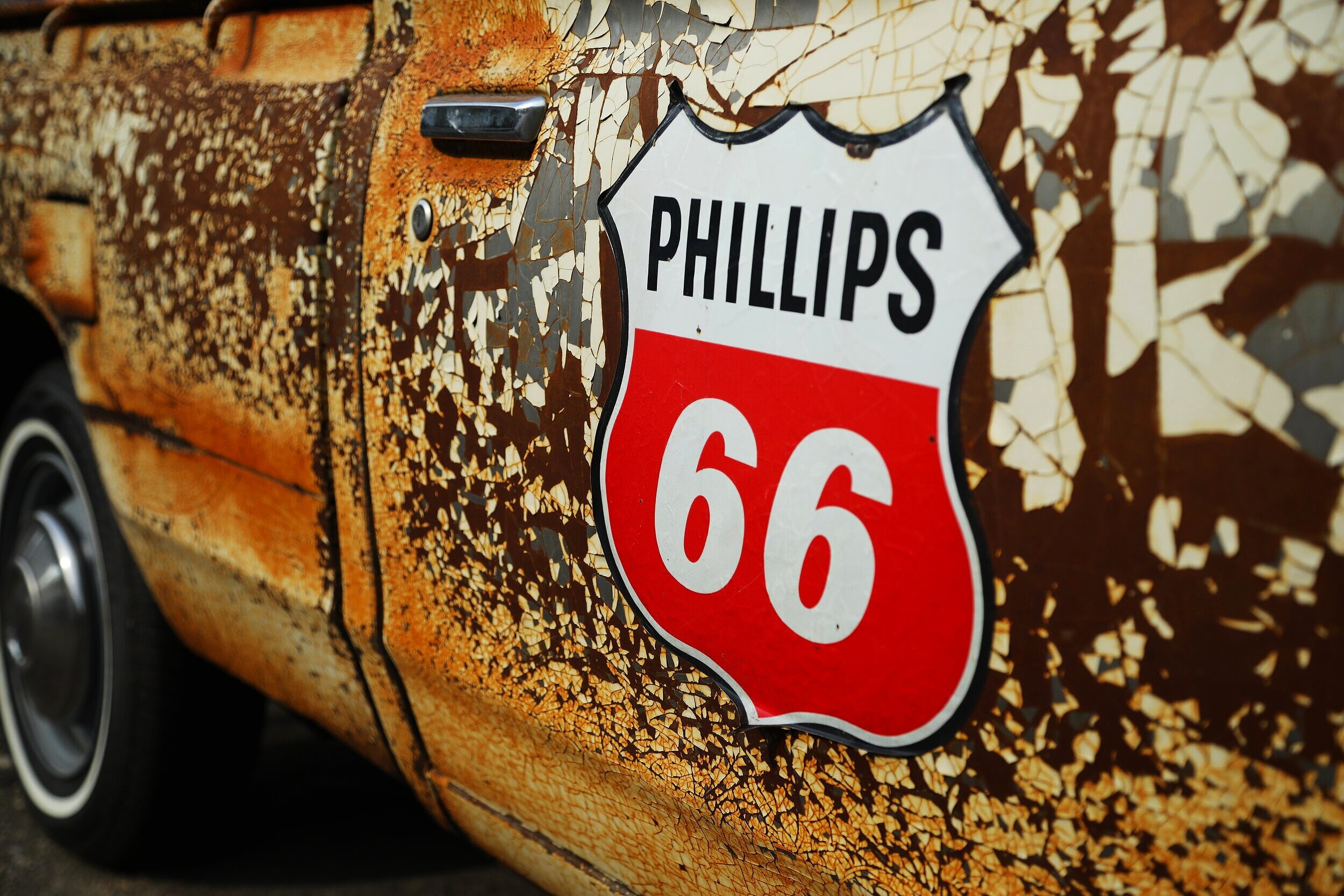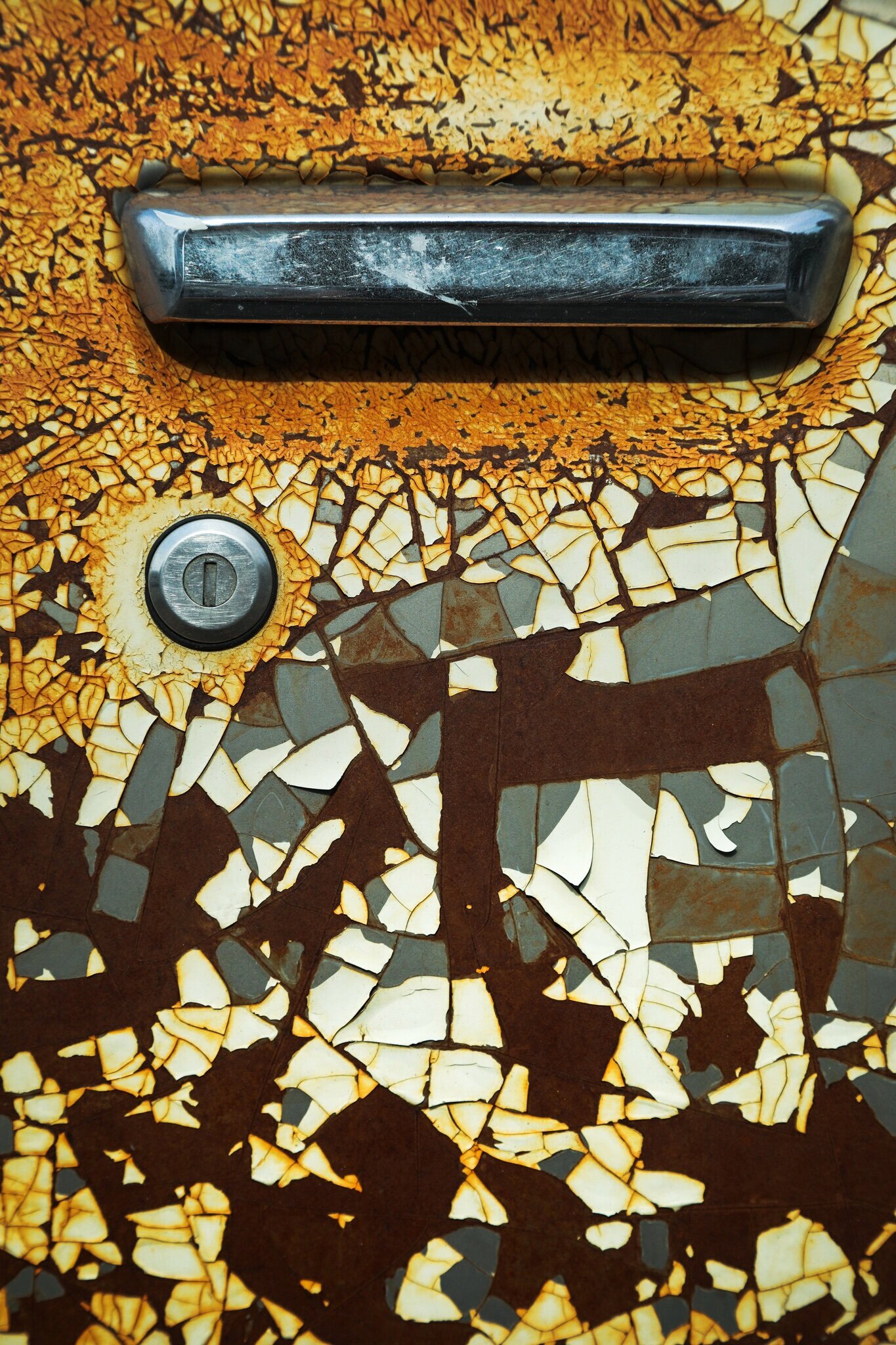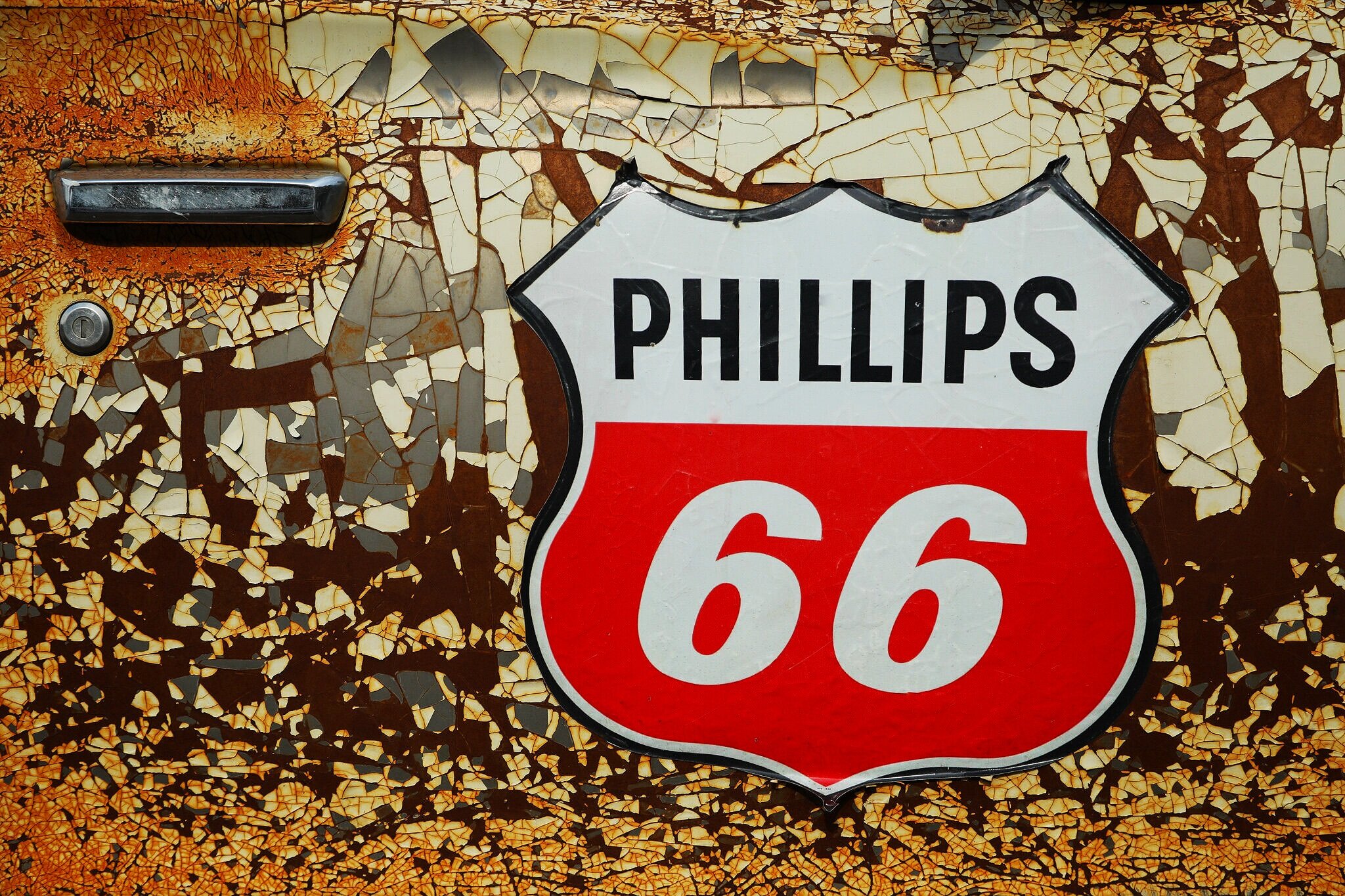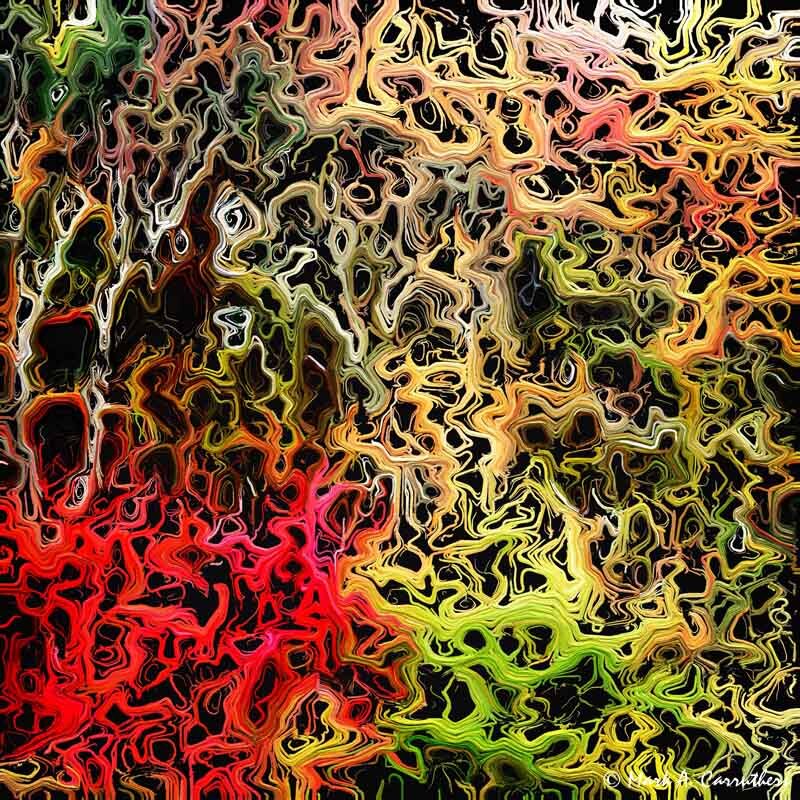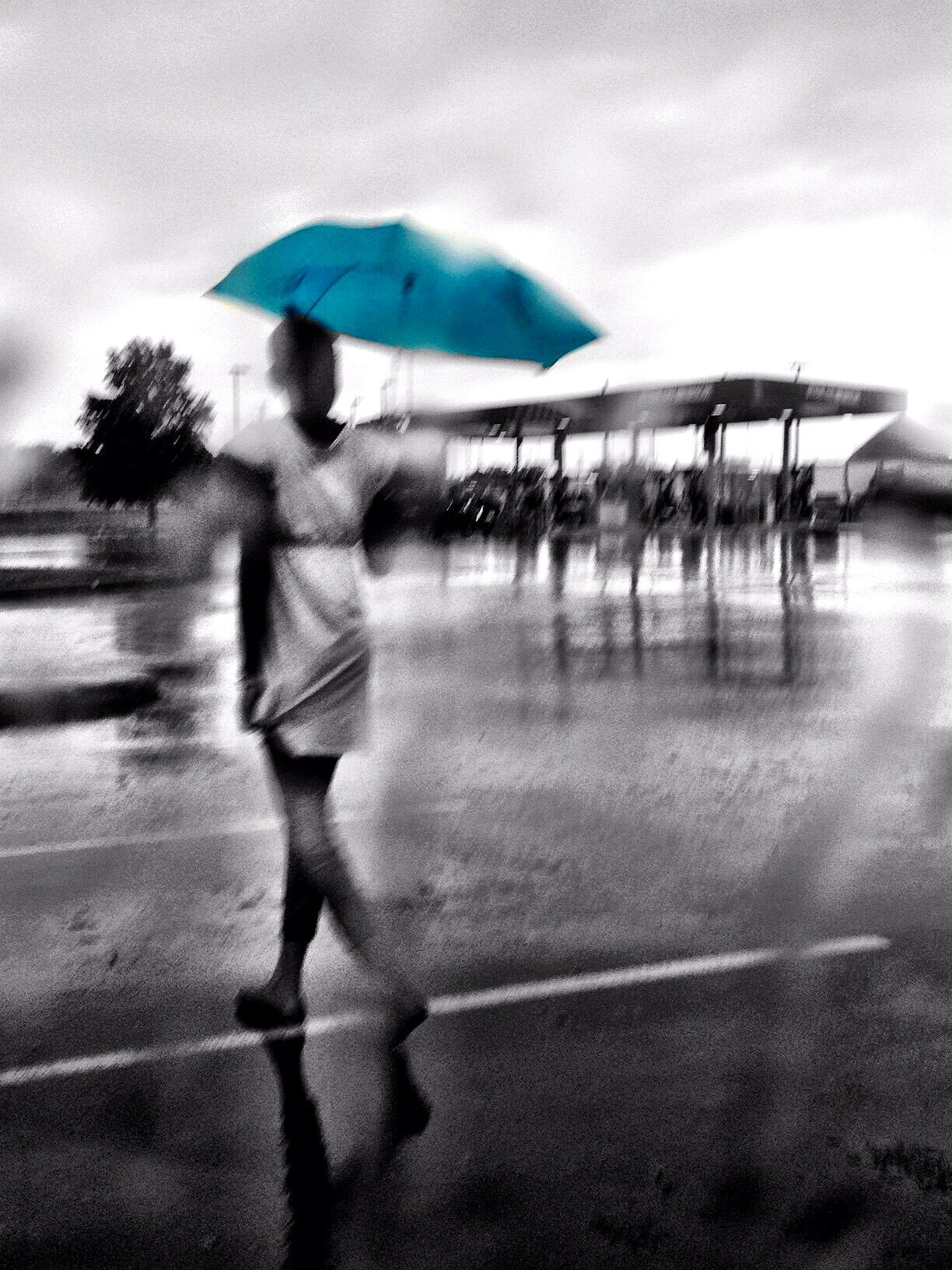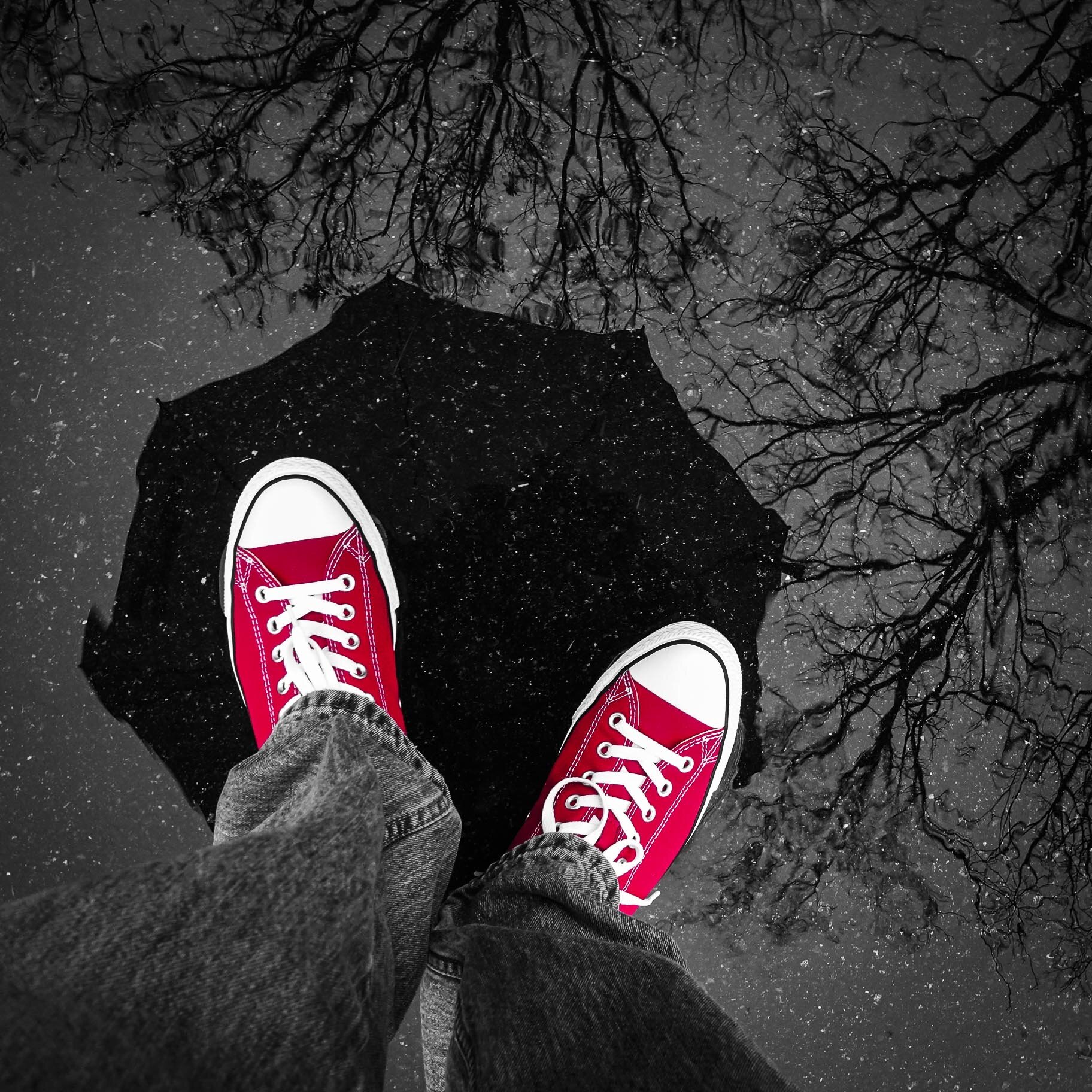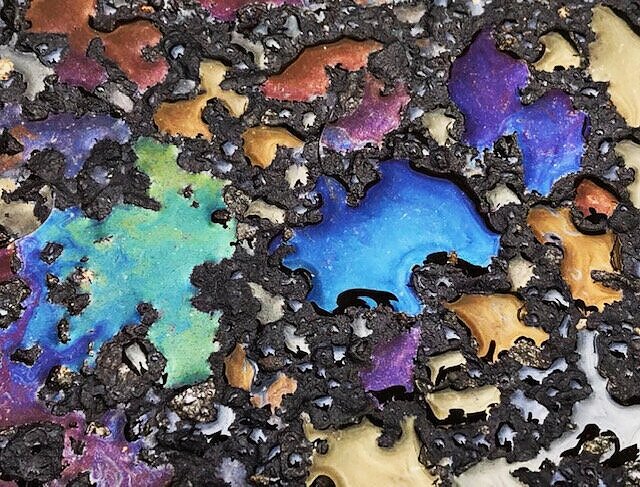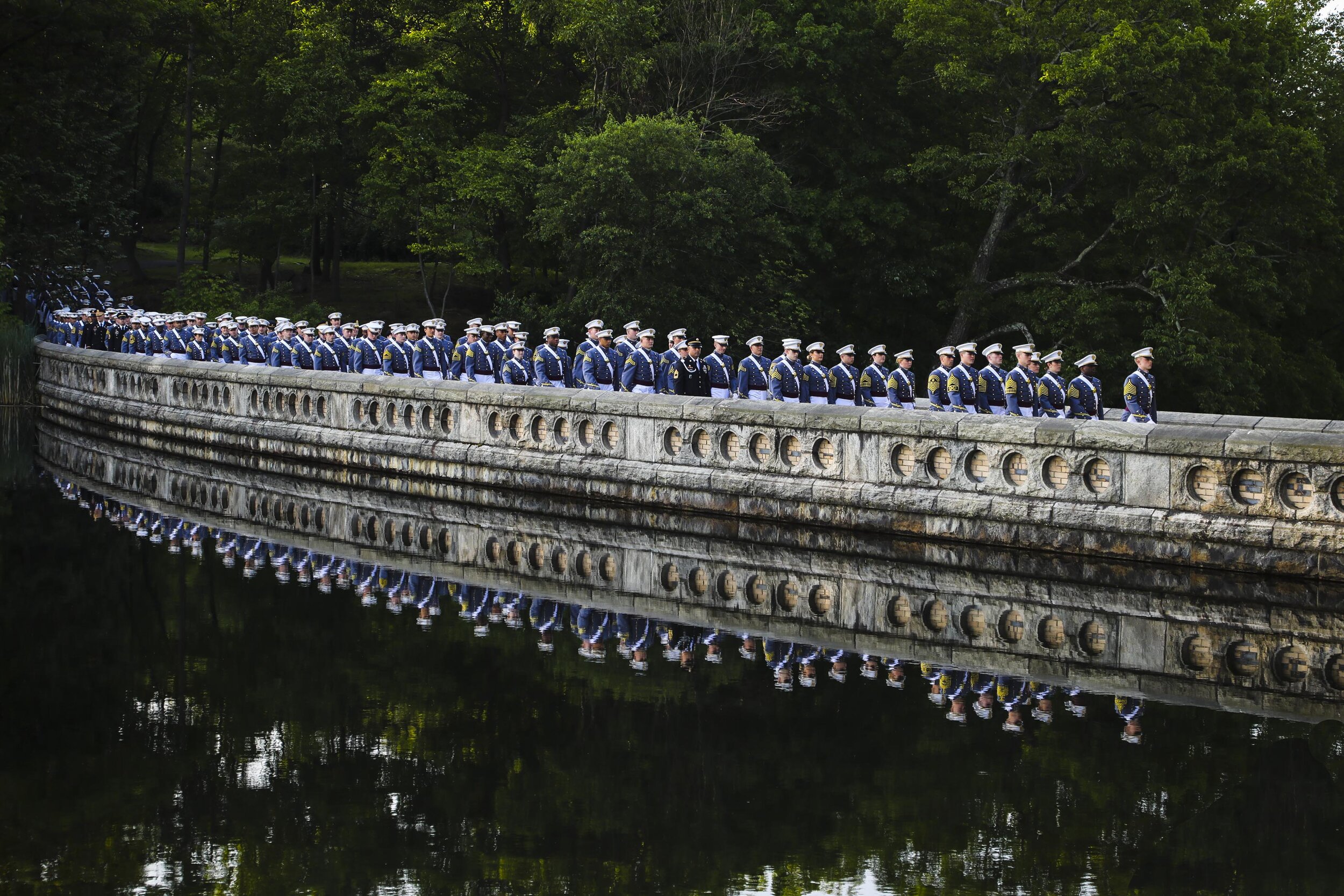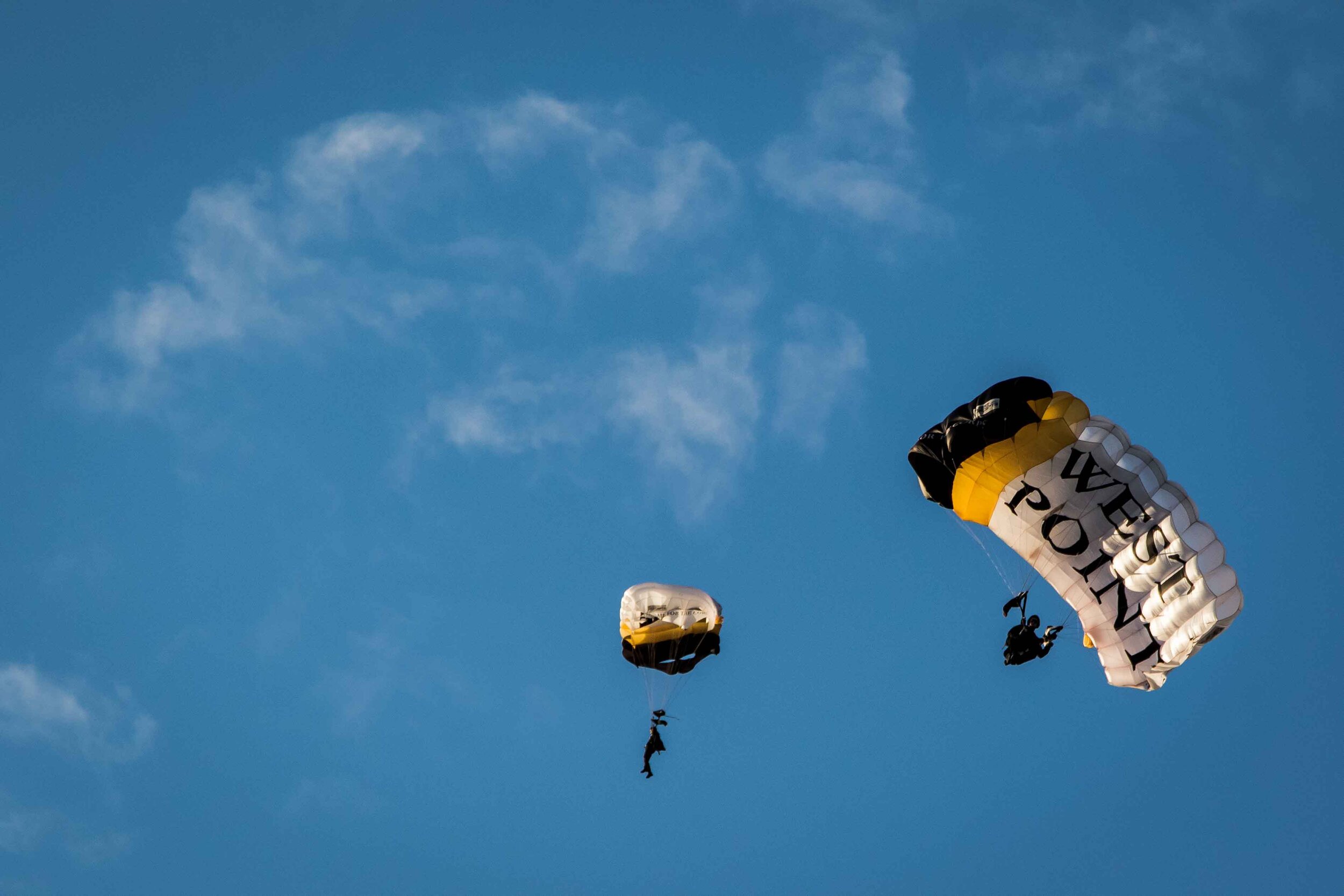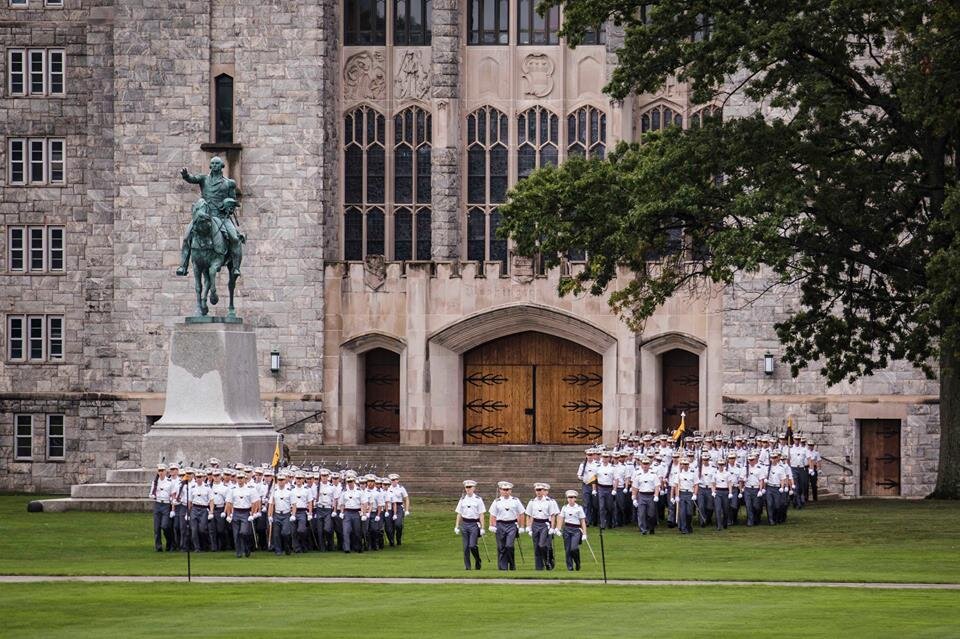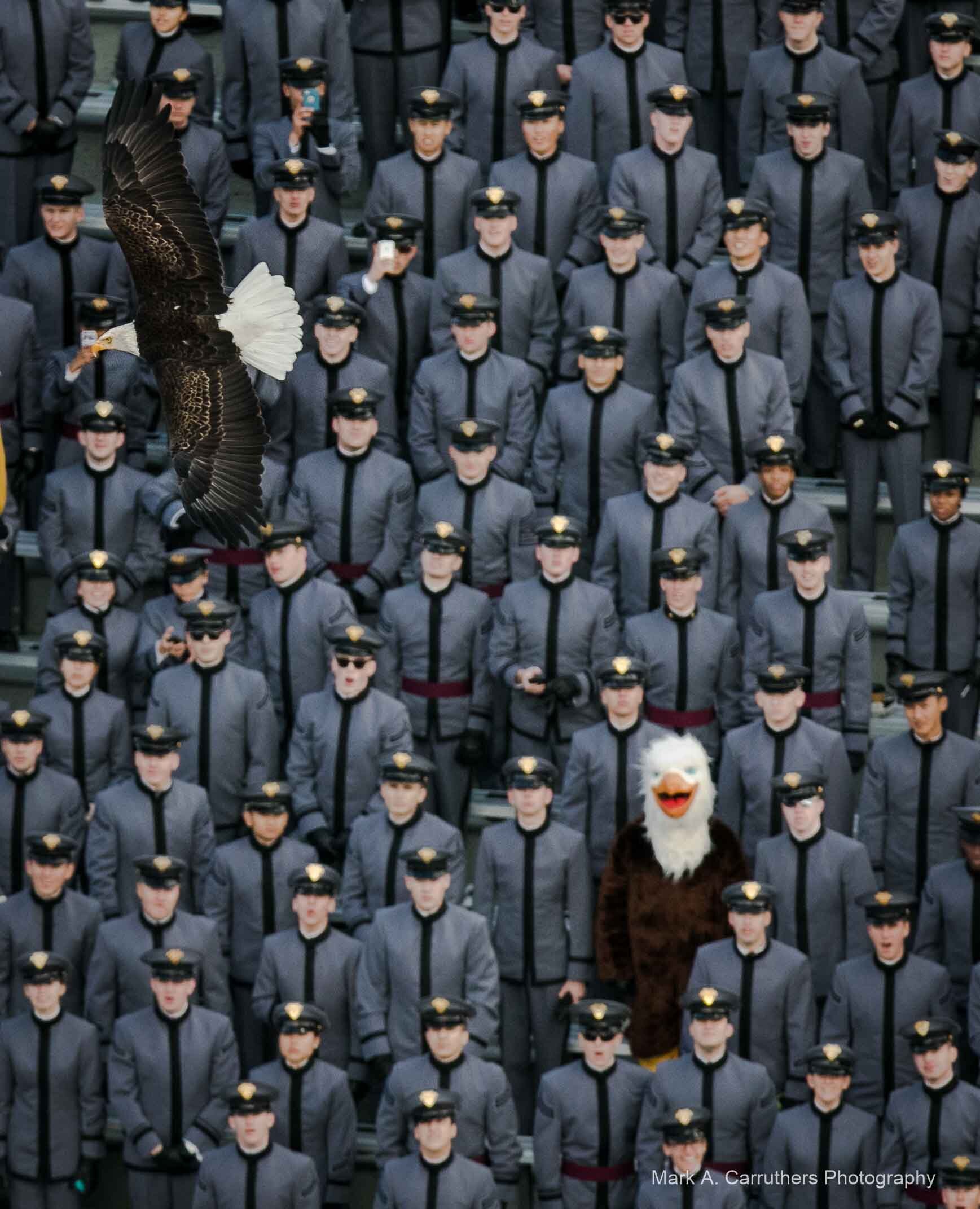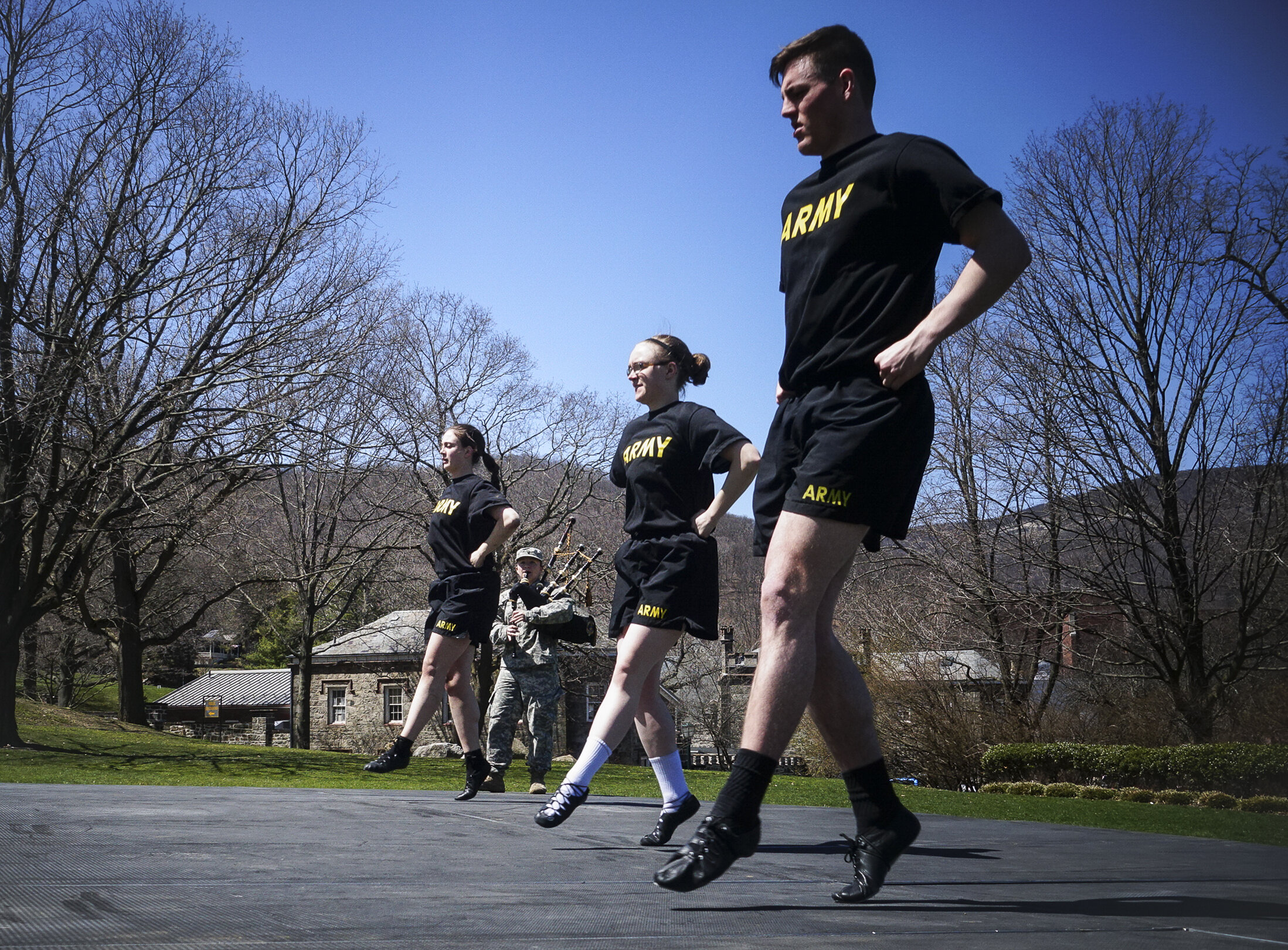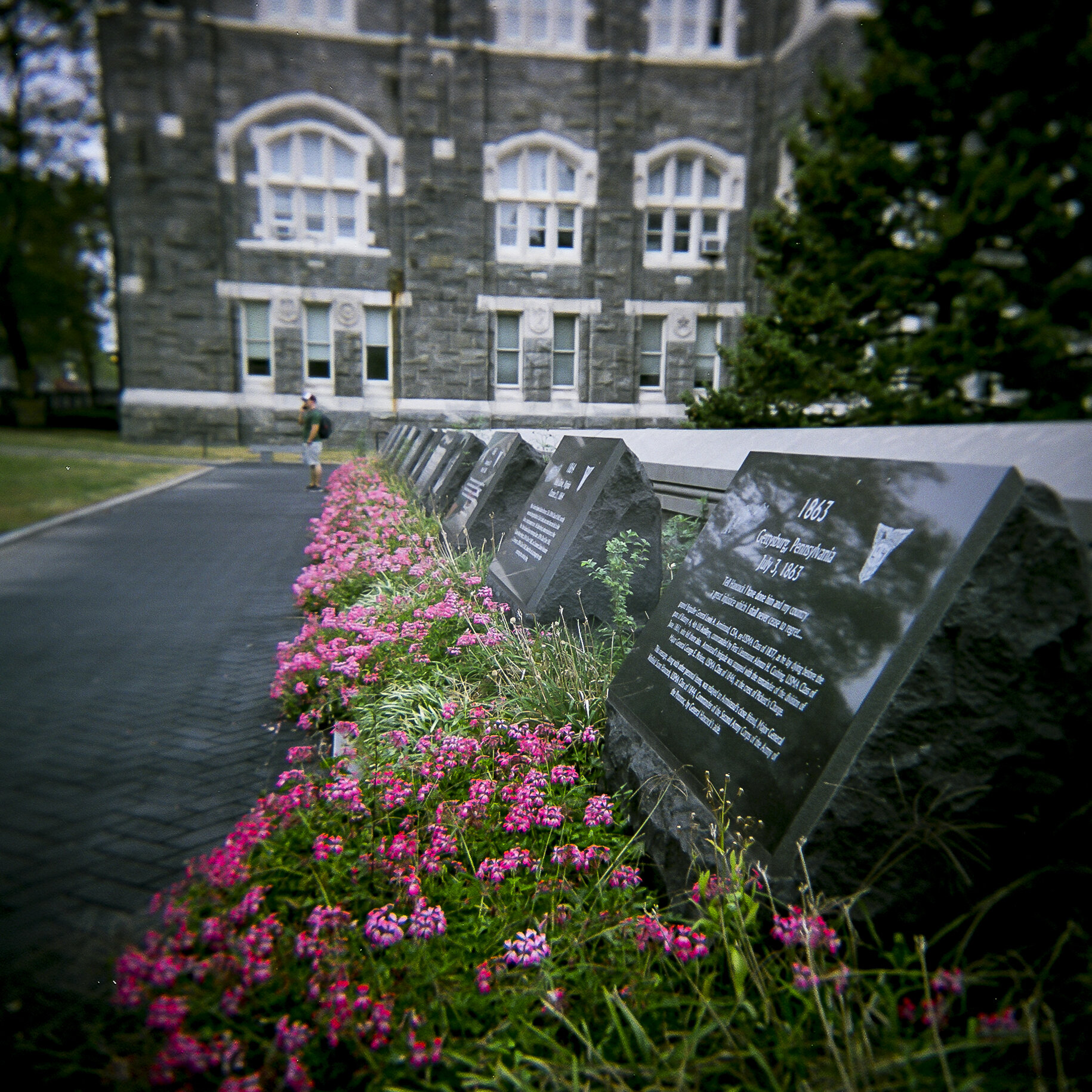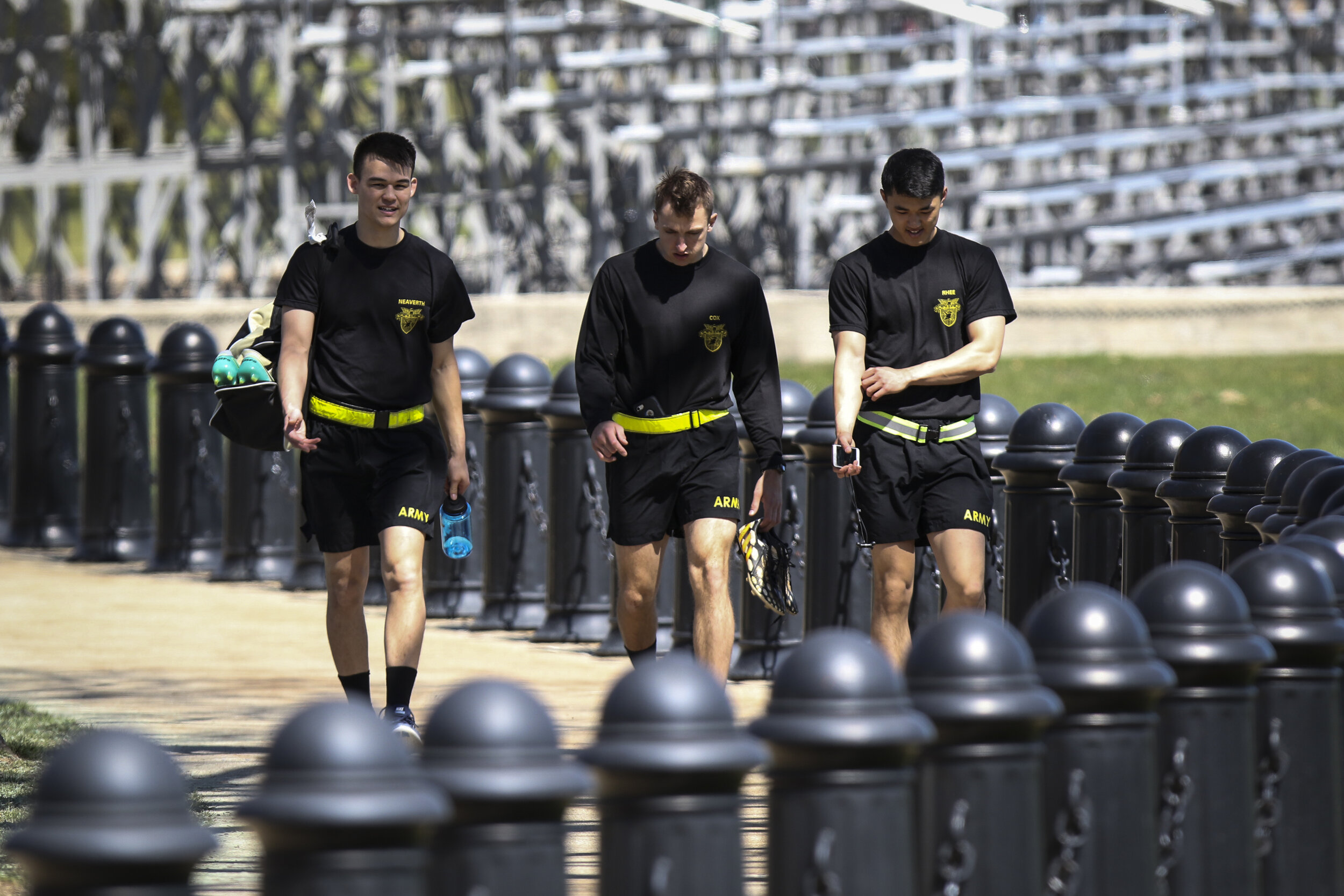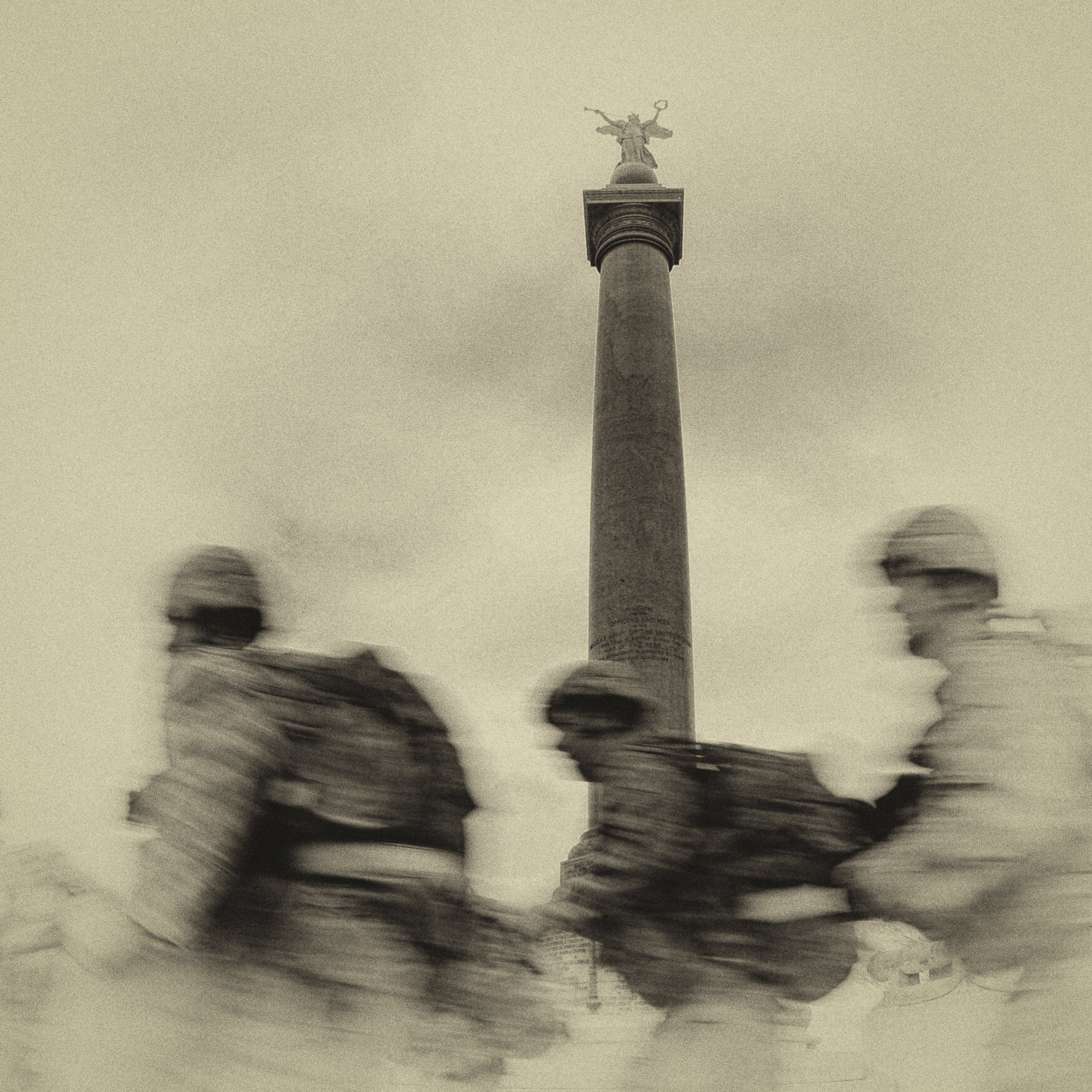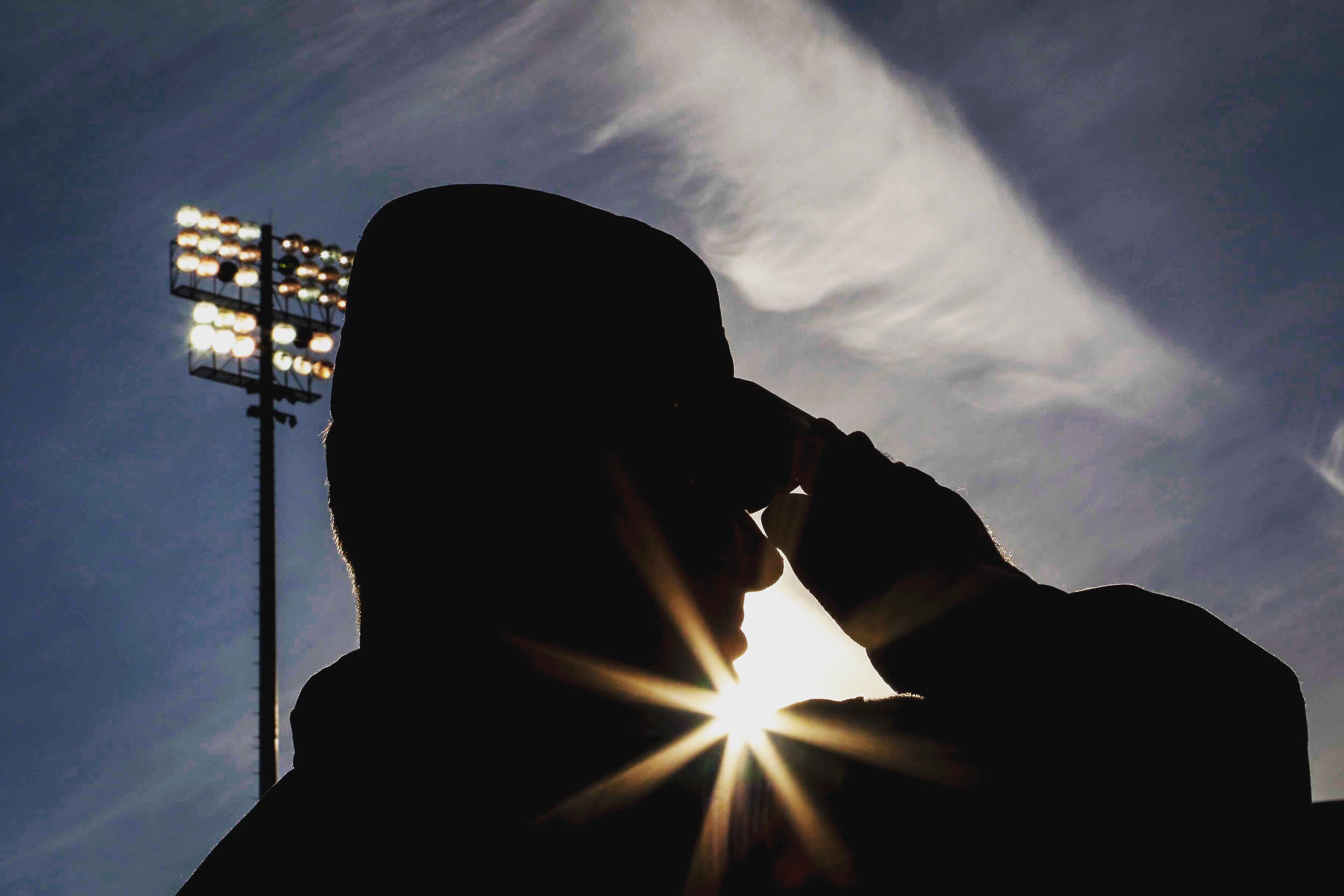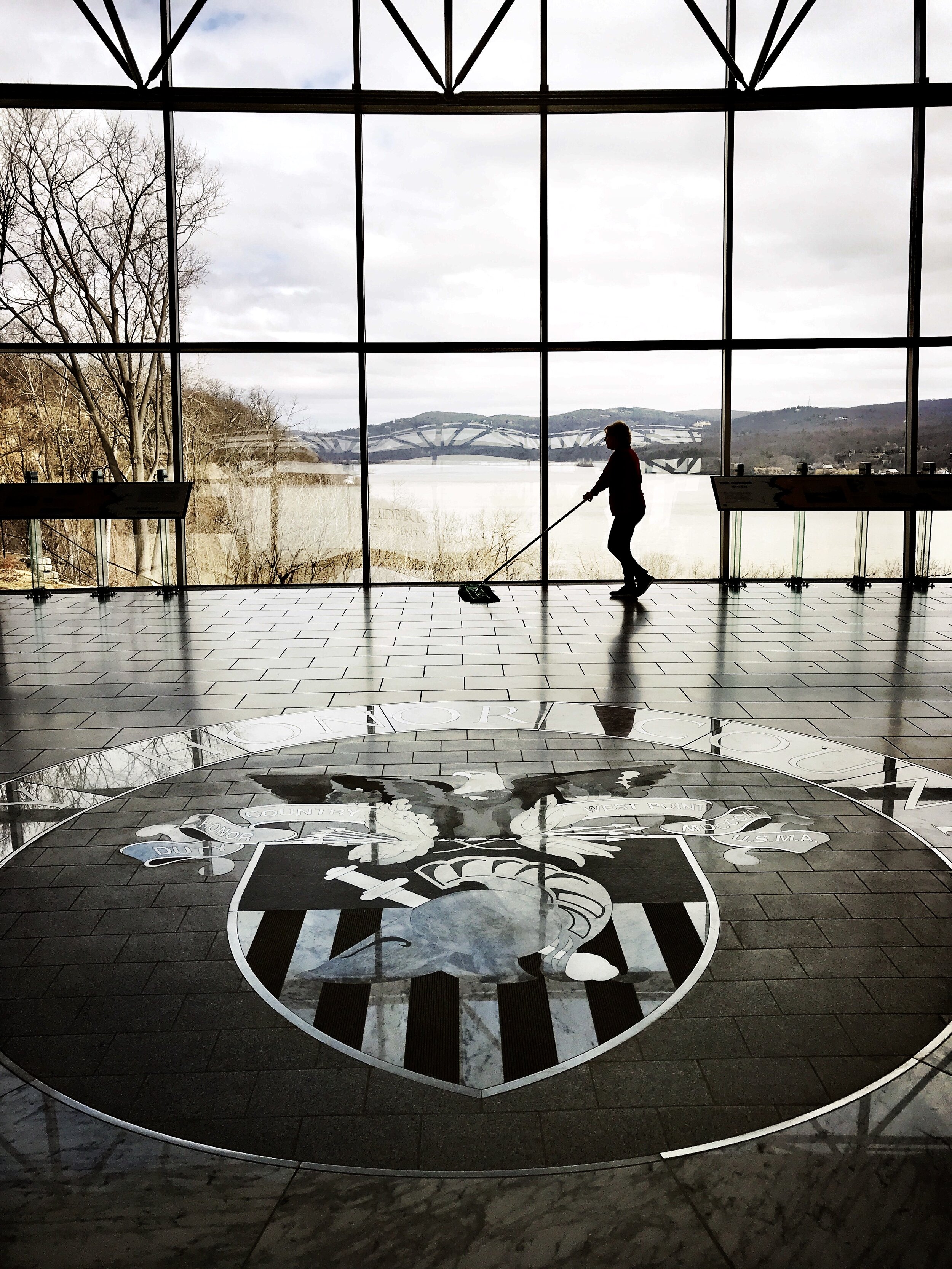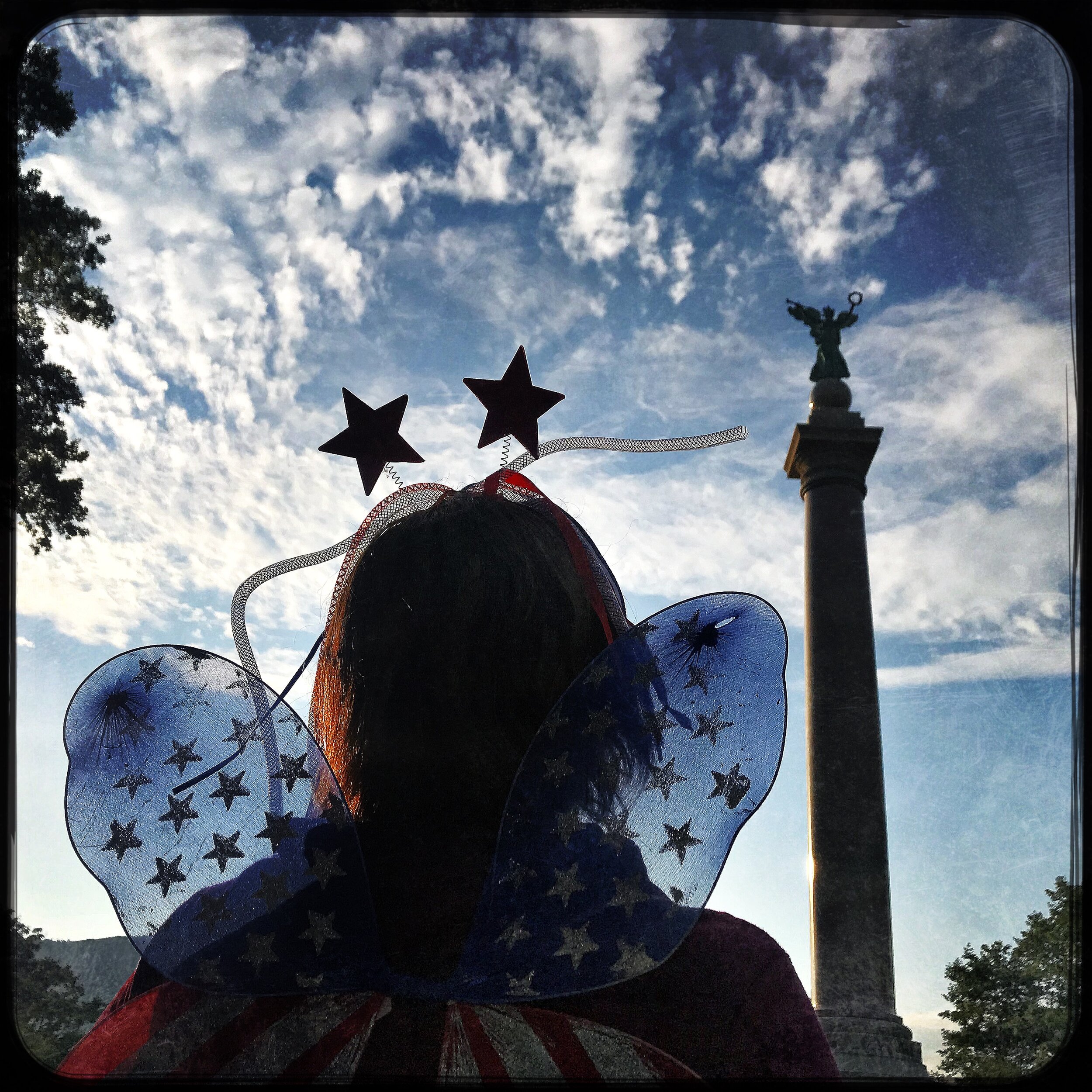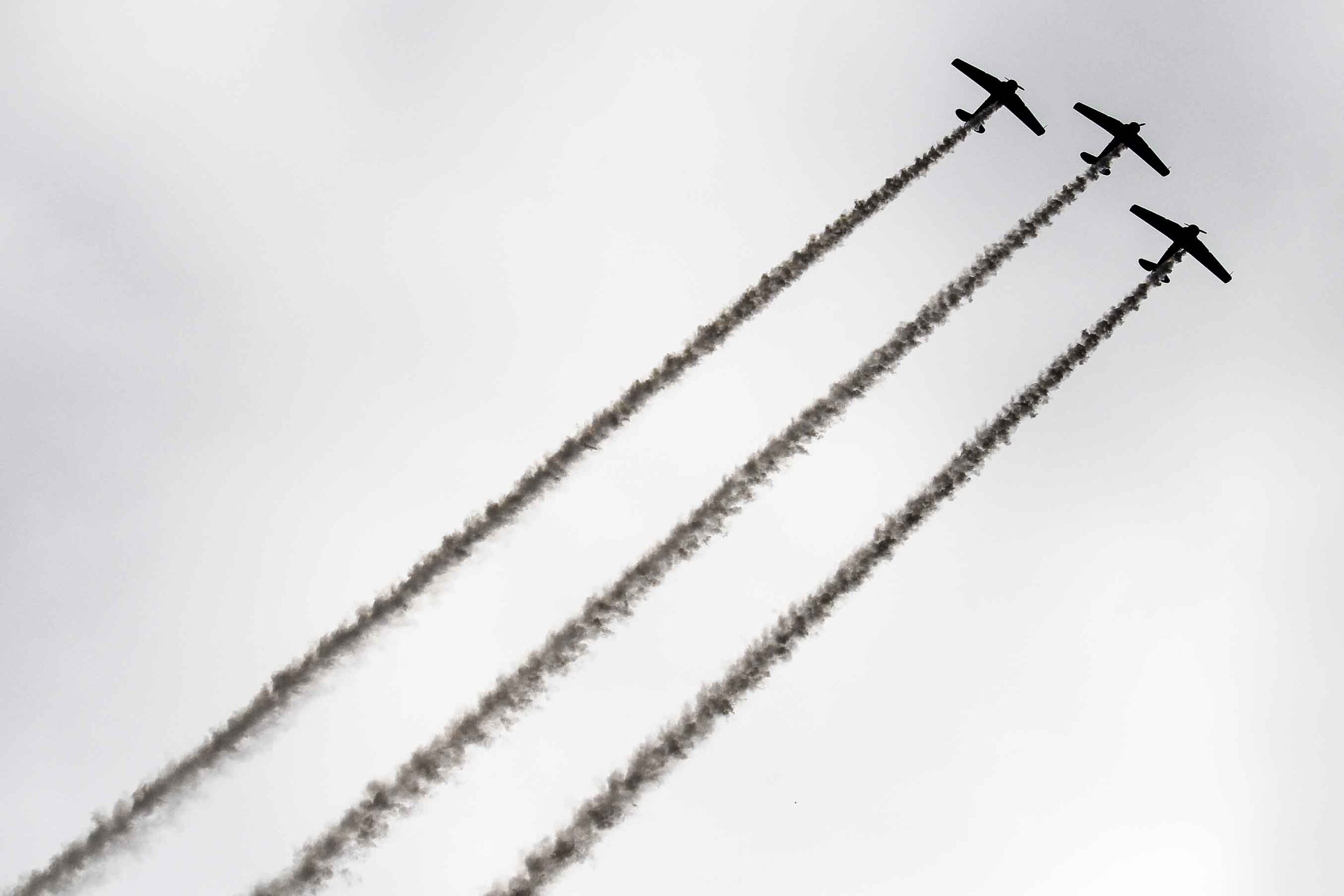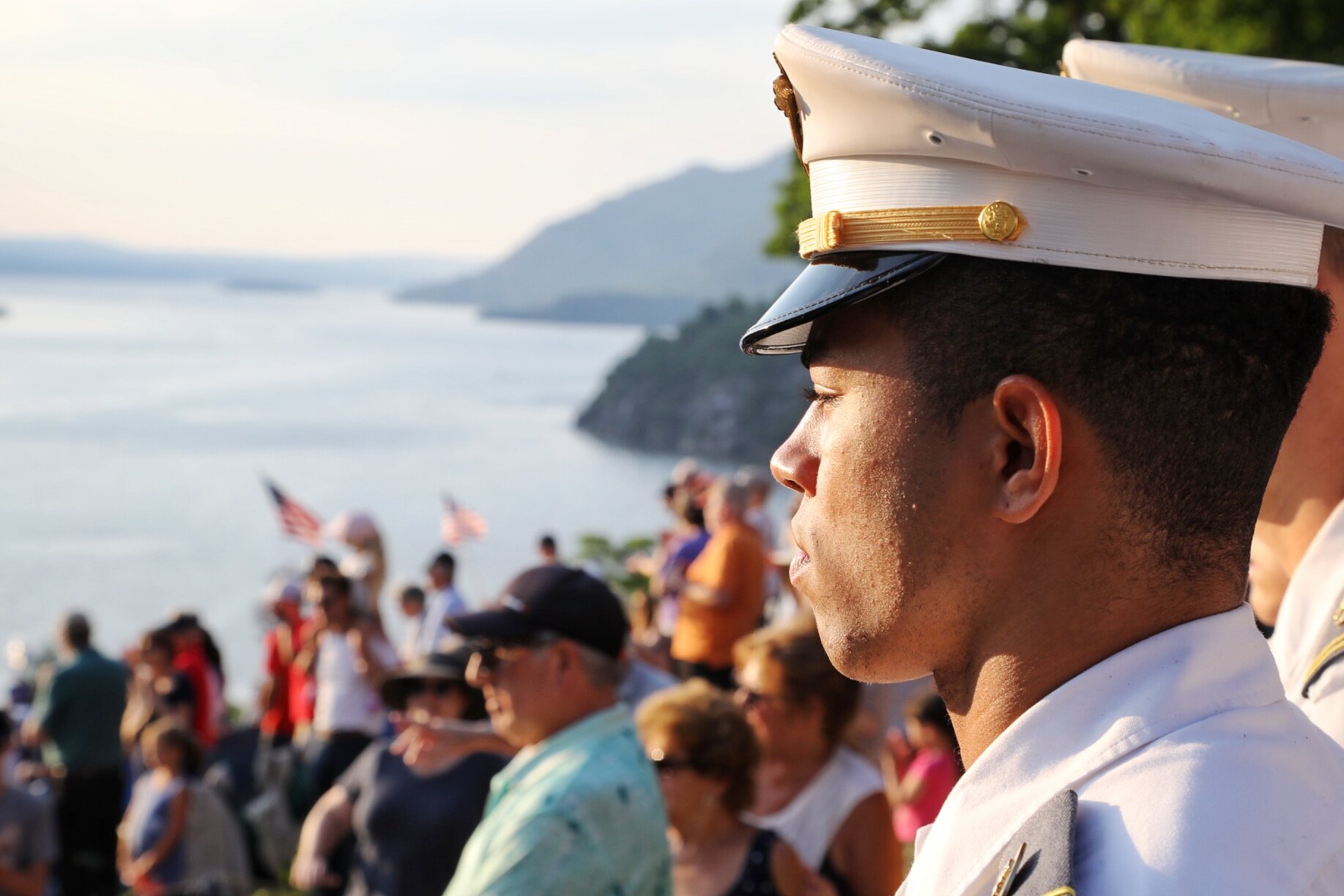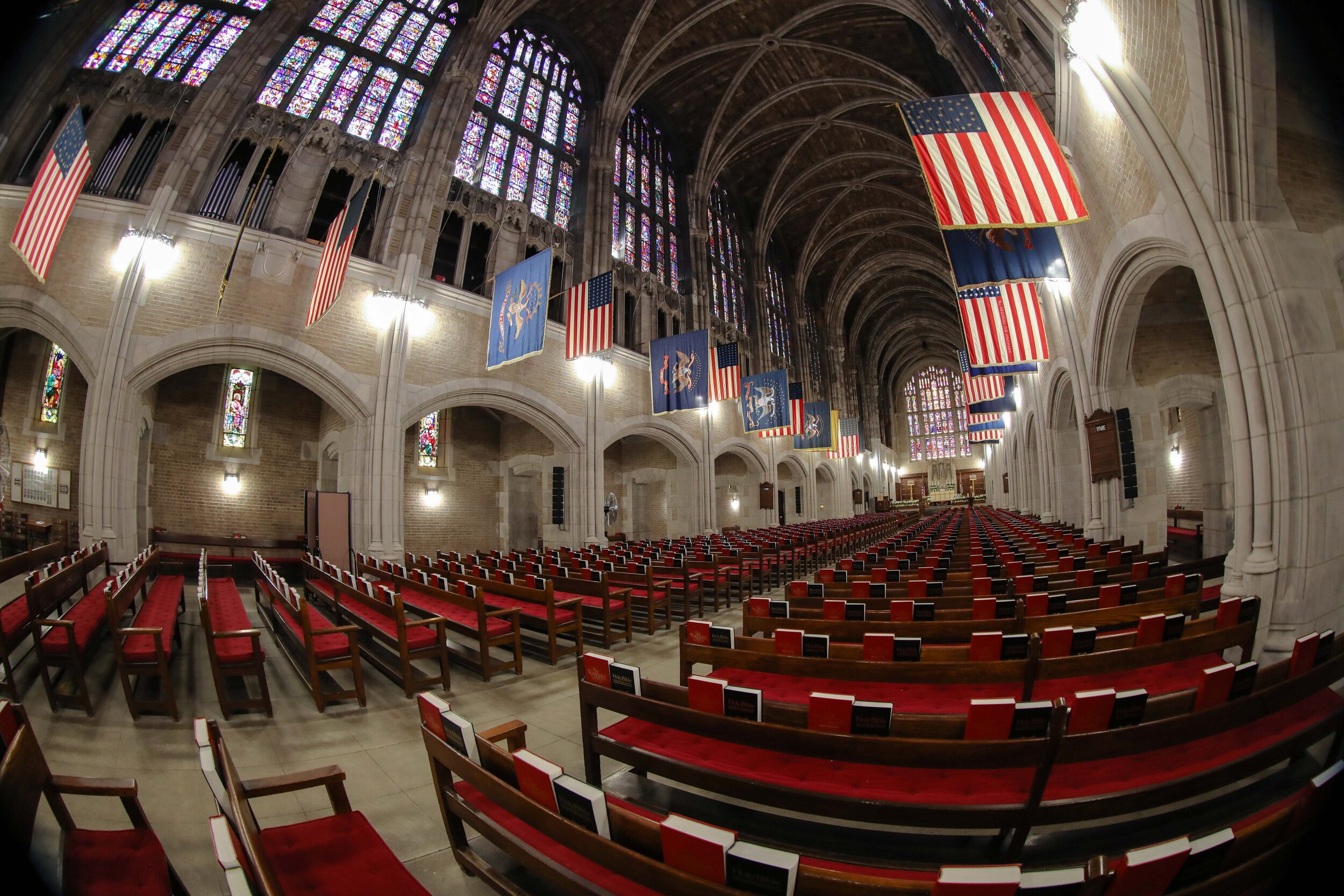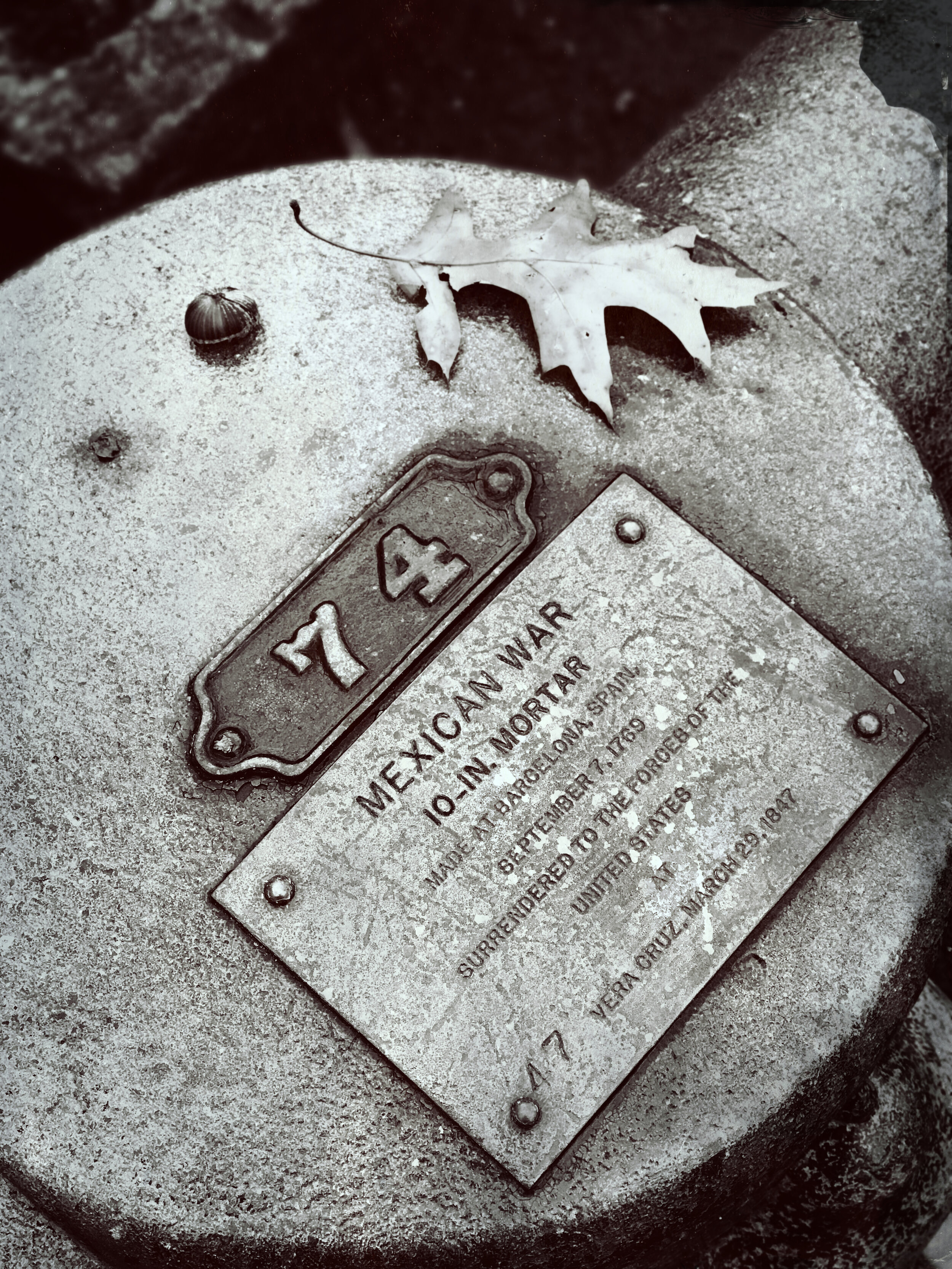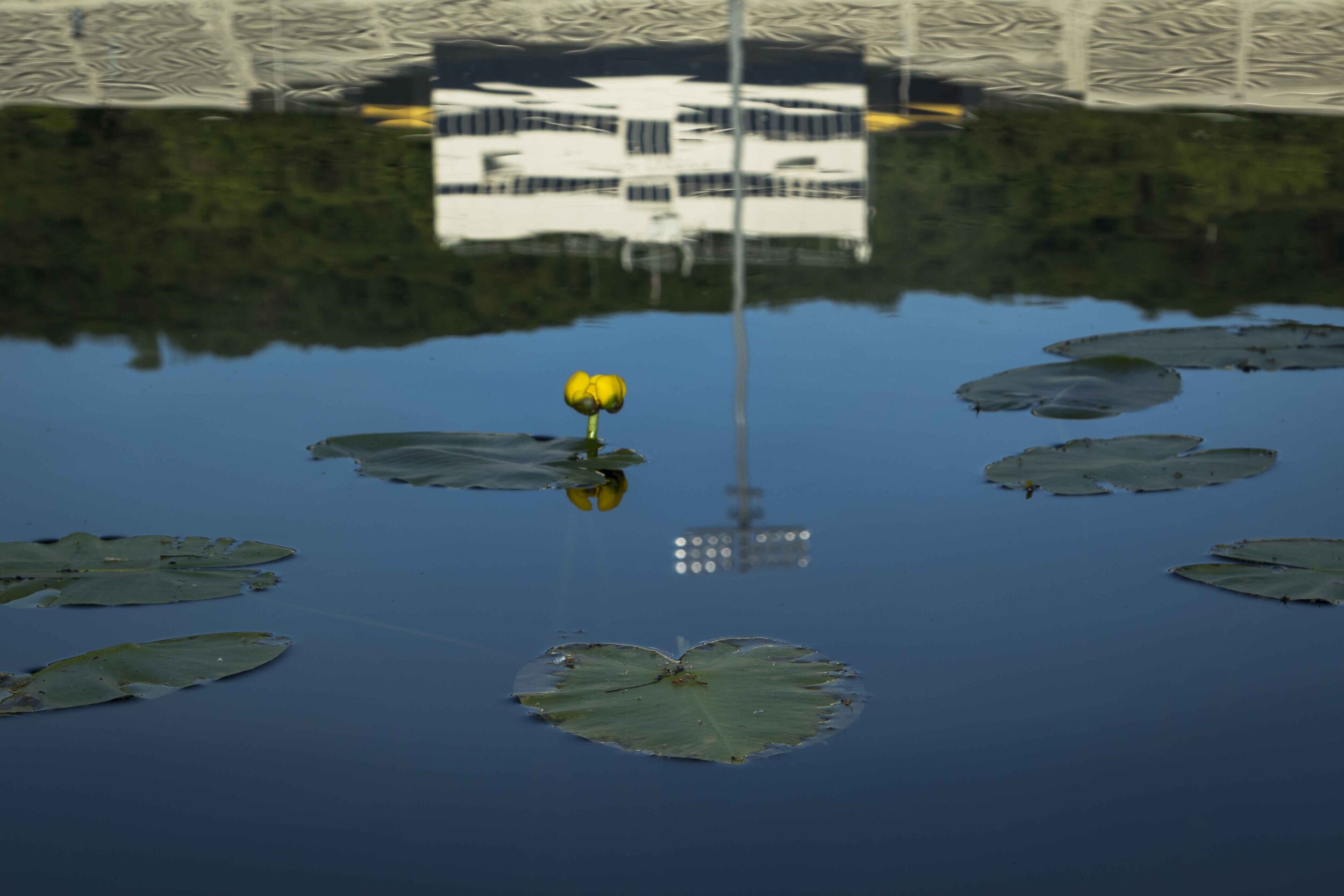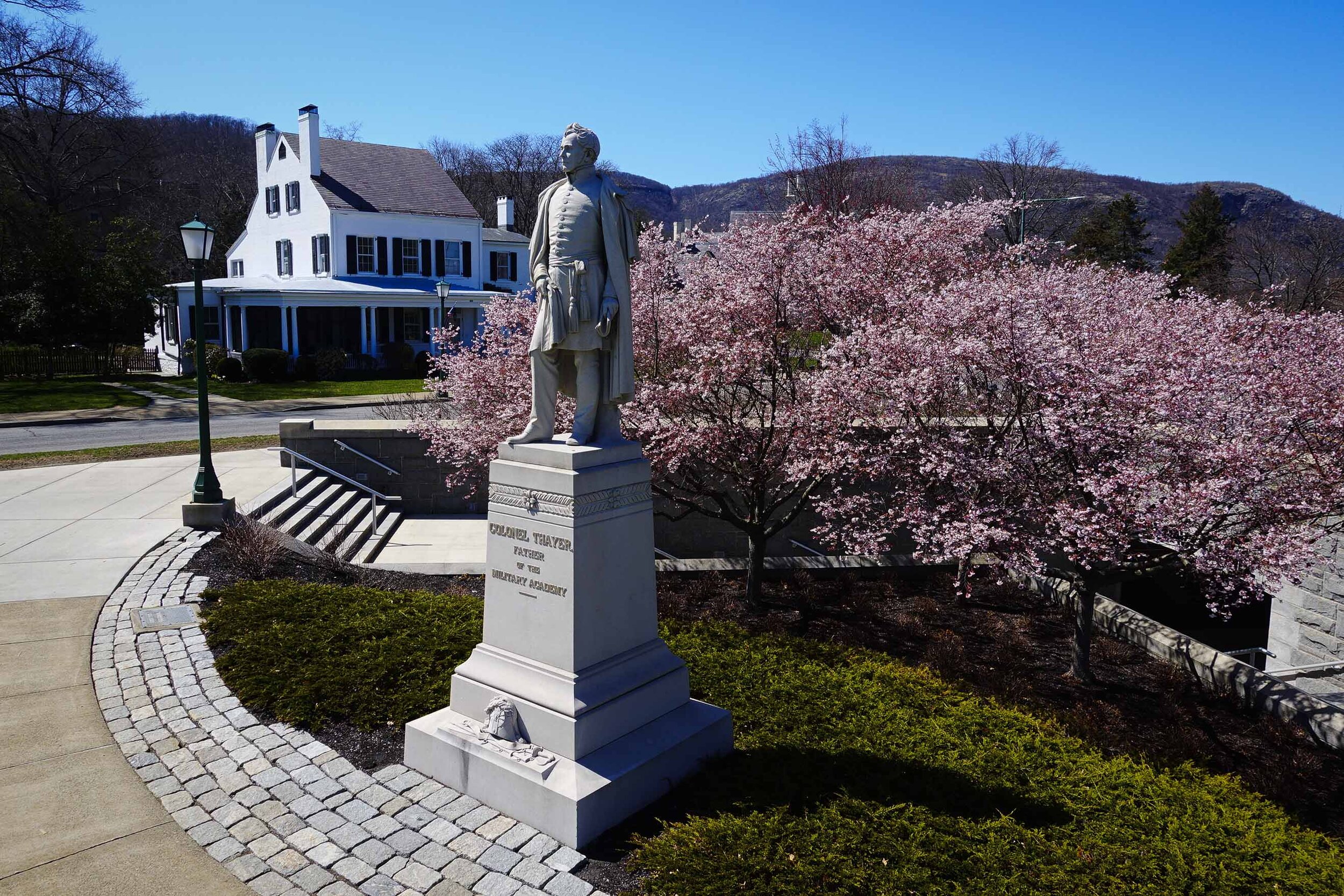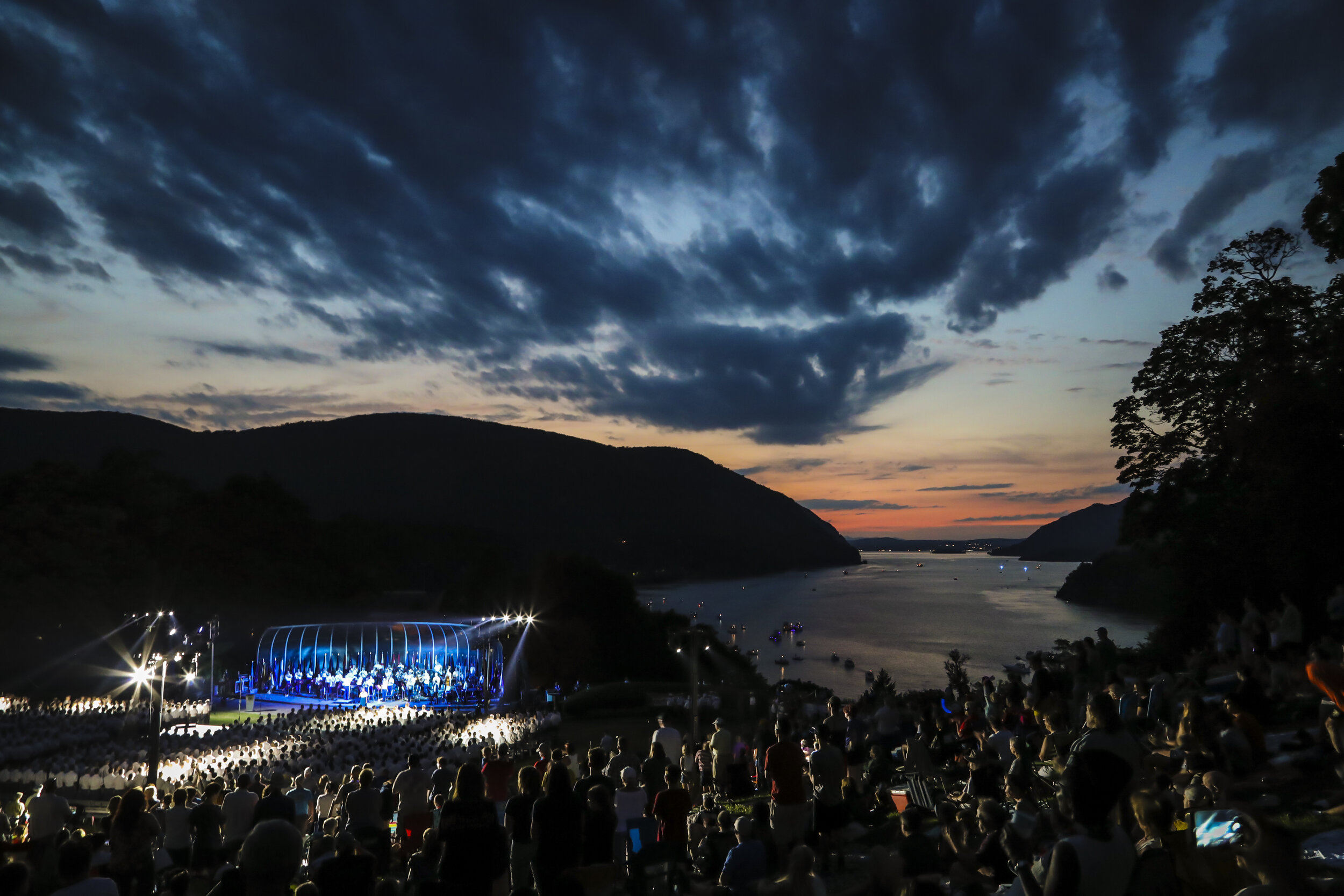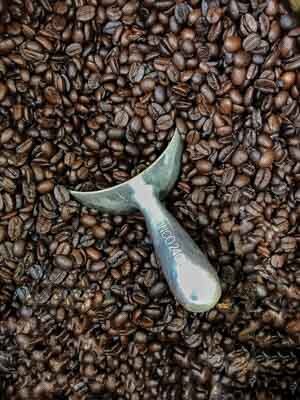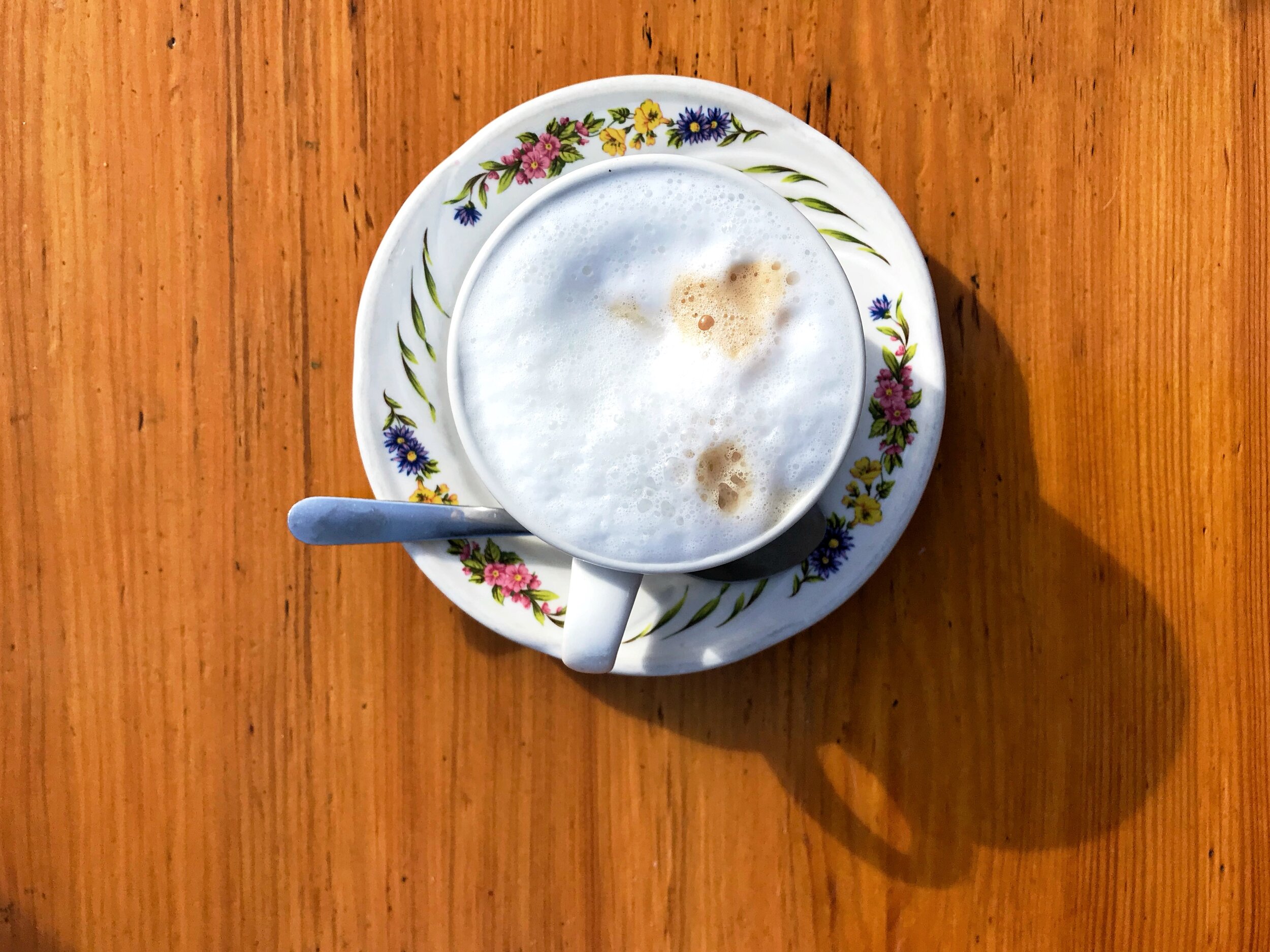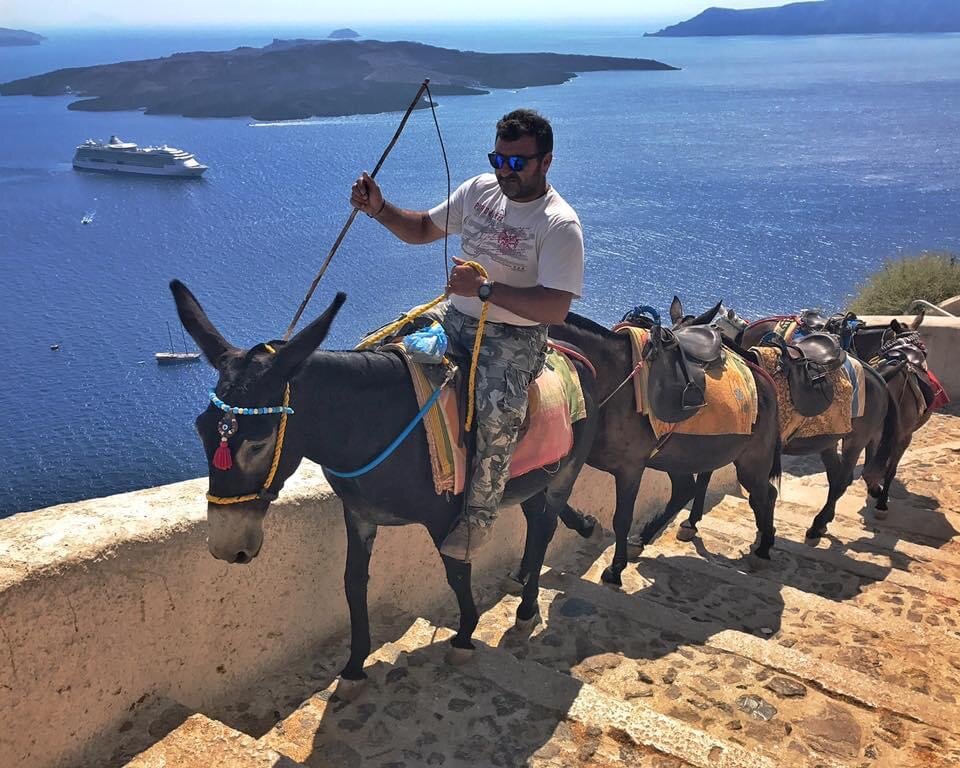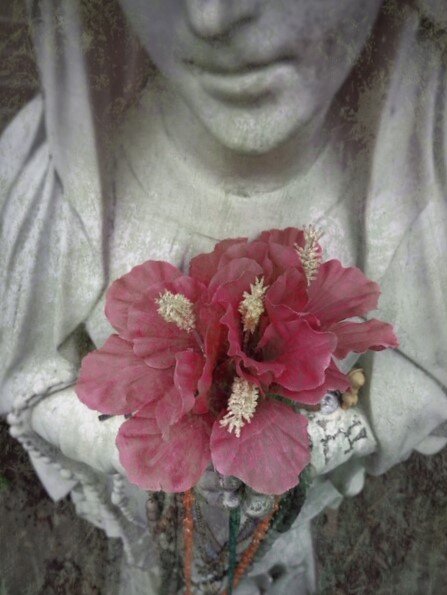“Anyone who’s grown up or lived on the Jersey Shore
knows the place is unique.”
~ Bruce Springsteen ~
I’ve never been a beach lover… this isn’t to say I don’t like the sun, sand and salty air… quite the contrary… it’s beautiful, therapeutic and oh so relaxing. I simply don’t yearn to get to the shore as quickly as Spring turns to Summer.
However, I think I’m starting to change my perspective. Similar to the fussy kid who doesn’t like brussel sprouts or beets, you wait a few years and your taste buds change. Maybe this is a coming of age or simply a maturity issue? In either case, I’ve seen the light!
Bring on the beach!
Long Beach Township Bay Beach, NJ
Ship Bottom, NJ
Beach Haven, NJ
Relaxing Moments - Long Beach Township Bay Beach, NJ
Beach Haven, NJ
In days of old, getting a suntan was one of the main reasons you went to the beach (some might say a side benefit). Getting your Coppertone tan had a twofold purpose… it made you feel better about yourself and more attractive to the opposite sex. Ironically, a Psychology Today article from 2020 confirms these findings. UV exposure allows your body to release endorphins and you actually do feel better. Who knew?
Some level of sun exposure has always been considered good for Vitamin D absorption. The ‘Sunshine Drug’ as it’s commonly known can be obtained simply by being outdoors in the summer sun. Most Dermatologists recommend 15-20 minutes. Anything beyond that falls into the unhealthy category.
Because the ocean will always have a magnetic pull on the human spirit, a few scientific advancements have led to healthier outdoor living. Most notable pertains to our knowledge of how the sun effects our health. Sun worshippers now go to the beach with an arsenal of sun fighting products … sunglasses (UV protection), suntan lotion (SPF 30+ or higher), UPF clothing (SPF is for liquids, UPF is for clothing), umbrellas and plenty of water for hydration. Oh yea… and a good book to enhance the relaxation part of the equation.
Sandbox Cafe - Ship Bottom, NJ
Beach Badges - LBI

















